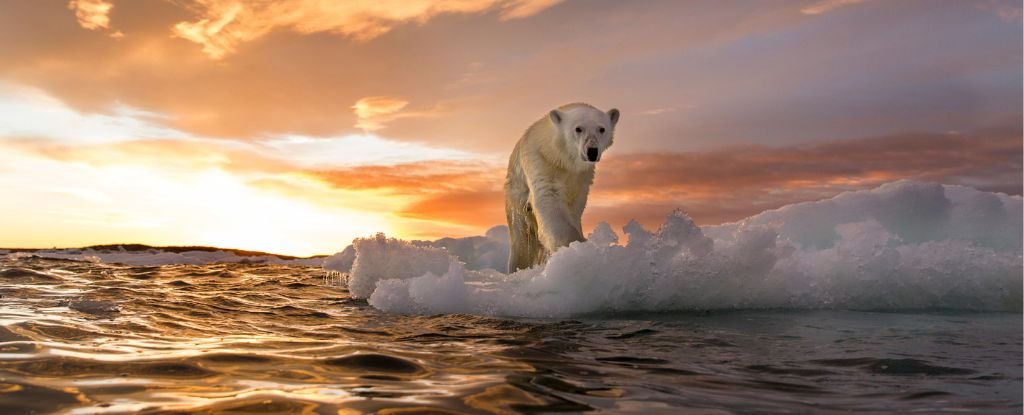Products You May Like
A climate scientist at Tohoku University in Japan has run the numbers and does not think today’s mass extinction event will equal that of the previous five. At least not for many more centuries to come.
On more than one occasion over the past 540 million years, Earth has lost most of its species in a relatively short geologic time span.
These are known as mass extinction events, and they often follow closely on the heels of climate change, whether it be from extreme warming or extreme cooling, triggered by asteroids or volcanic activity.
When Kunio Kaiho tried to quantify the stability of Earth’s average surface temperature and the planet’s biodiversity, he found a largely linear effect. The greater the temperature change, the greater the extent of extinction.
For global cooling events, the greatest mass extinctions occurred when temperatures fell by about 7°C. But for global warming events, Kaiho found the greatest mass extinctions occurred at roughly 9°C warming.
That’s much higher than previous estimates, which suggest a temperature of 5.2°C would result in a major marine mass extinction, on par with the previous ‘big five’.
To put that in perspective, by the end of the century, modern global warming is on track to increase surface temperatures by as much as 4.4°C.
“The 9°C global warming will not appear in the Anthropocene at least till 2500 under the worst scenario,” Kaiho predicts.
Kaiho is not denying that many extinctions on land and in the sea are already occurring because of climate change; he just does not expect the same proportion of losses as before.
Still, it’s not just the degree of climate change that puts species at risk. The speed at which it occurs is vitally important.
The largest mass extinction event on Earth killed off 95 percent of known species at the time and occurred over 60,000 years about 250 million years ago. But today’s warming is occurring on a much shorter timescale thanks to human emissions of fossil fuels.
Perhaps more species will die off in Earth’s sixth extinction event not because the magnitude of warming is so great, but because the changes happened so quickly that many species could not adapt.
“Prediction of the future anthropogenic extinction magnitude using only surface temperature is difficult because the causes of the anthropogenic extinction differ from causes of mass extinctions in geologic time,” Kaihu admits.
Whichever way scientists slice up the data, it’s clear that many species are doomed unless we can halt climate change.
The exact percentage of losses and the timing of those losses remains up for debate.
The study was published in Biogeosciences.
